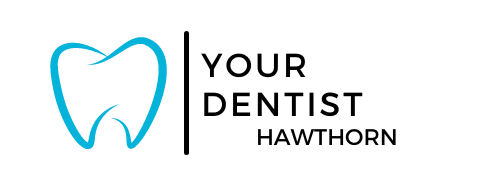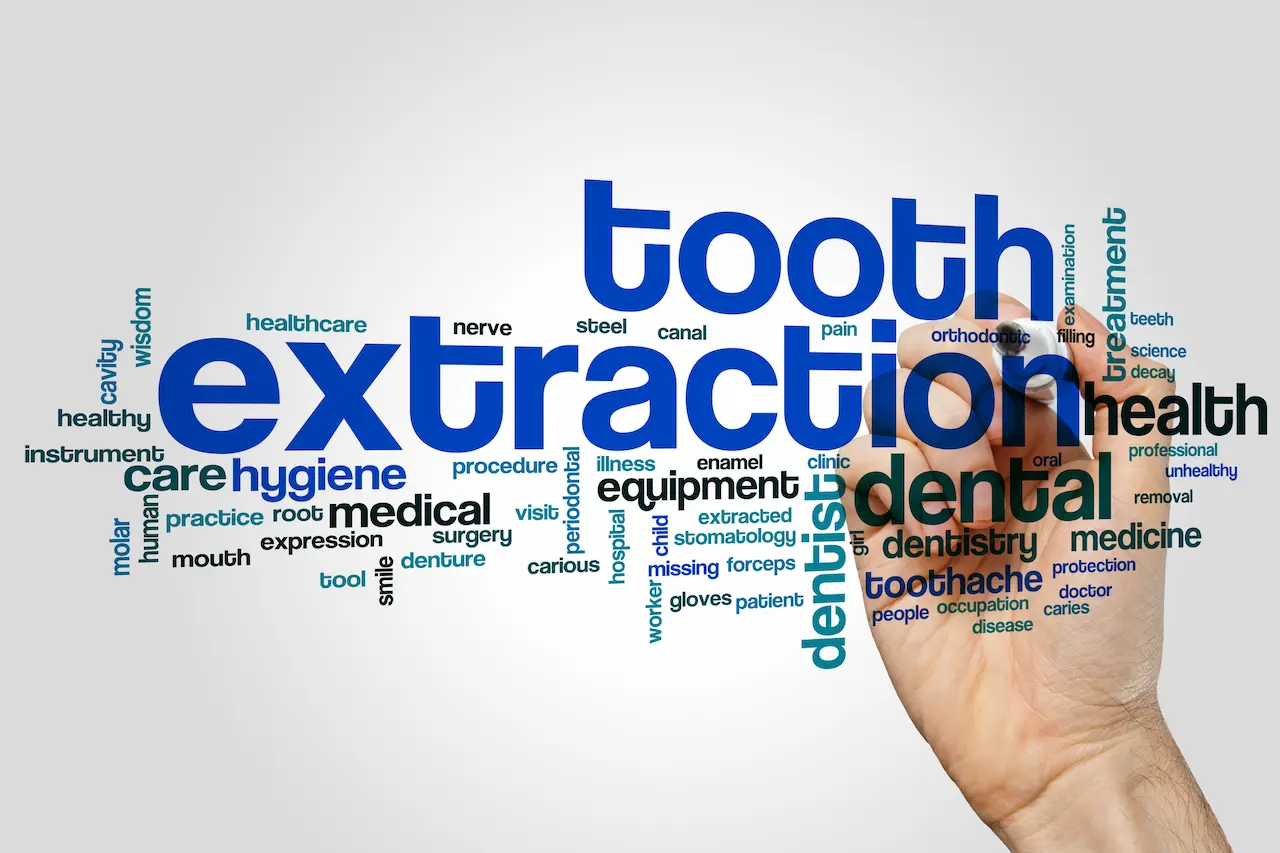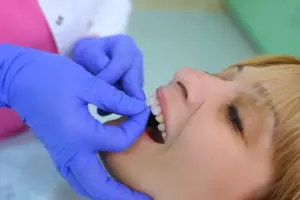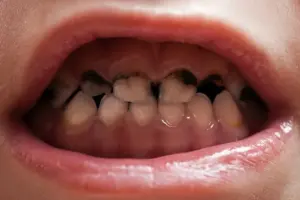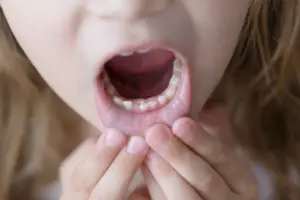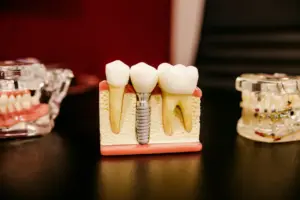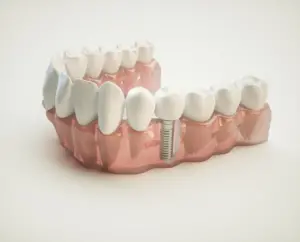What To Do After A Tooth Extraction & How To Keep It Clean
After a tooth extraction, appropriate care is critical to promote healing and prevent complications such as infection or dry socket. It’s a process that starts immediately after your appointment and continues until the site has fully recovered. This period is crucial for the formation of a blood clot at the extraction site, which is the foundation for new tissue growth. Patients are generally provided with a set of aftercare instructions tailored to their specific dental procedure.
Understanding and adhering to aftercare guidelines can significantly affect the speed and quality of recovery. These aftercare strategies include managing bleeding with a gauze pad, mitigating pain with recommended painkillers, controlling swelling with ice packs, and eating soft foods to avoid disturbing the extraction site. Additionally, patients are advised to refrain from smoking, spitting, or using a straw in the first few hours following the procedure, as these actions can impede the healing process.
It’s also important for people to recognise signs of potential issues post-extraction, such as persistent bleeding or pain, that may need a prompt visit to the dentist. Scheduling a follow-up appointment allows the dentist to monitor the healing process and address any concerns that may arise, ensuring patients recover smoothly and comfortably from the tooth extraction.
Table of Contents
Toggle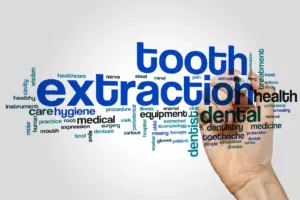
Immediate Post-Extraction Guidelines
The initial hours following a tooth extraction are critical for healing. These guidelines illustrate the necessary steps one should adhere to for a smoother recovery.
Resting After the Procedure
After a tooth extraction, patients are advised to rest and avoid any strenuous activities for the rest of the day. This downtime assists in managing pain and swelling, allowing the healing process to begin efficiently. It is beneficial to keep the head elevated to reduce bleeding and swelling.
Managing Bleeding
Post-extraction, it is normal to experience some bleeding. To manage this, maintain pressure by biting down gently on a gauze pad placed over the extraction site for about 30 minutes. Replace the gauze as necessary until the bleeding stops. Avoid disturbing the site, such as touching it with your fingers or tongue, and refrain from vigorous rinsing for at least 24 hours to protect the blood clot that forms in the socket.
Oral Hygiene and Care
Proper oral hygiene after a tooth extraction is essential to promote healing and prevent infection in the area where the tooth was.
Mouthwash Use After 24 Hours
After a tooth extraction, it is recommended to wait at least 24 hours before using any mouthwash. Once this period has passed, you should start using warm salty mouthwashes to help with the cleaning process. This can aid in reducing bacteria and can give a sense of relief to the affected area.
Socket Cleaning Techniques
Cleaning the socket where the tooth was removed should be approached with caution to avoid disturbing the blood clot which is essential for healing. After the initial 24-hour period, patients may be instructed to gently rinse the socket with warm salt water. If provided, a plastic syringe filled with the salt water solution should be used to carefully clean the socket. This method allows for a focused stream that can remove debris without harshly probing the socket.
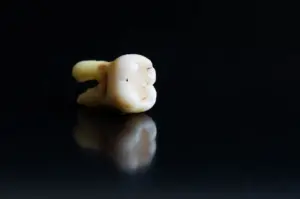
Dietary Recommendations
After a tooth extraction, patients need to modify their diet to facilitate healing and to prevent discomfort. It is important to consume only soft foods for several days following the procedure.
Soft Food Diet
A soft food diet should include options that are easy to chew and swallow, reducing the risk of irritation at the extraction site. Here are some specific foods recommended:
- Pureed Fruits: Such as bananas or avocados that provide vitamins and are gentle on the mouth.
- Yoghurt: Offers a good source of protein and calcium, and the creamy texture is ideal.
- Mashed Potatoes: Can be enriched with milk and butter for added calories and nutrition.
- Cottage Cheese: It’s high in protein and has a smooth texture.
- Soup: Should be consumed lukewarm to avoid discomfort; broth-based soups are preferable as they are less likely to leave residue.
Remember to avoid foods that are hard, crunchy, or contain small particles that could become lodged in the extraction site. Hot foods and beverages should be avoided to prevent irritation, and straws should not be used as the suction can dislodge the blood clot that forms in the socket.
Managing Lifestyle and Activity
Following a tooth extraction, patients should moderate their activities and lifestyle choices to support the healing process.
Activity Restrictions
Immediately after the procedure, patients are encouraged to rest for the remainder of the day. Strenuous activities can increase blood pressure and lead to bleeding and other complications.
- First 24 Hours: Avoid exercise and heavy lifting.
- Post-24 Hours: Gradually reintroduce moderate activity, in line with the dentist’s recommendations.
Alcohol Consumption
Consuming alcohol is not recommended immediately after a tooth extraction.
- First 24 Hours: Abstain from all alcoholic beverages.
- Post-24 Hours: Alcohol can interfere with the medication and recovery process; patients should seek their dentist’s advice before resuming consumption.
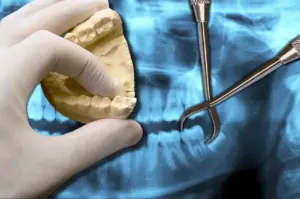
Long-Term Care Strategies
After a dental extraction, focusing on long-term care is key for healing and preventing complications. This includes adhering to follow-up routines and measures to avoid negative outcomes.
Routine Dental Follow-Up
Follow-up appointments play a critical role in long-term dental health after an extraction. Patients should attend these visits so that dentists can monitor healing progress and detect any potential issues early. The frequency and timing of these appointments often depend on the complexity of the extraction and the patient’s individual healing process.
Avoiding Long-Term Complications
Preventative actions are essential to stave off complications such as infection, dry socket, or damage to neighbouring teeth. Patients must follow post-operative instructions closely. These typically involve:
- Keeping the extraction site clean using gentle brushing and, if recommended by a dentist, using a plastic syringe to irrigate the site after the initial healing period.
- Consuming soft foods and avoiding tough, crunchy, or sticky foods that may disrupt the extraction site.
- Avoiding tobacco products and alcohol as they can hinder the healing process.
- Not using straws in the early stages post-extraction to prevent dislodging the blood clot.
- Regularly applying cold packs in the first 24 hours after extraction to reduce swelling.
By following the above steps, you should avoid complications, and your extraction site will heal quickly and painlessly.
